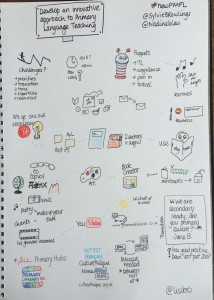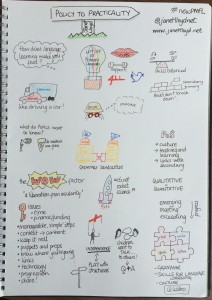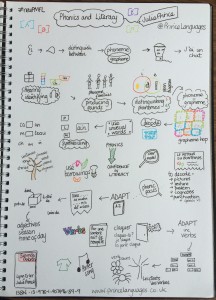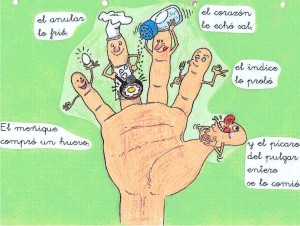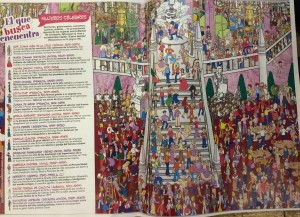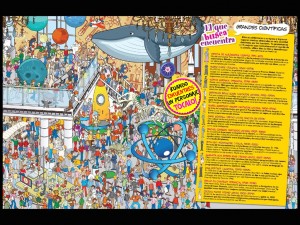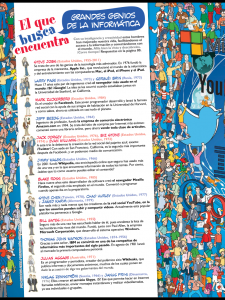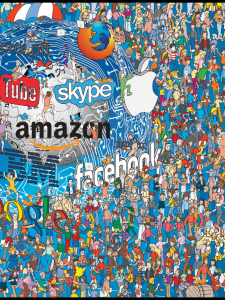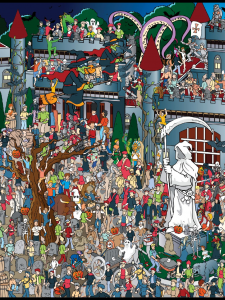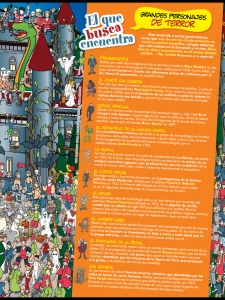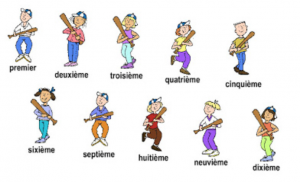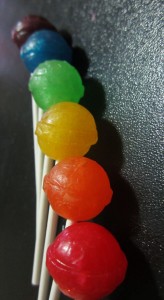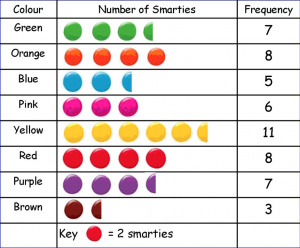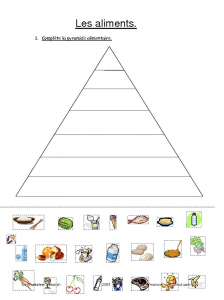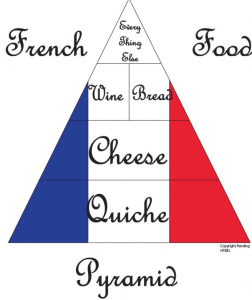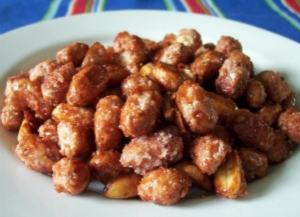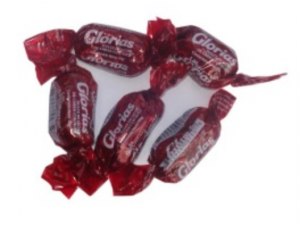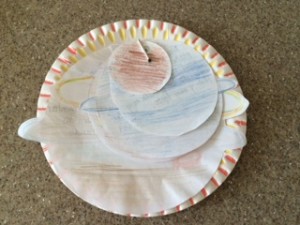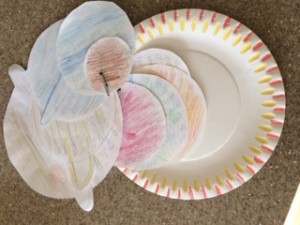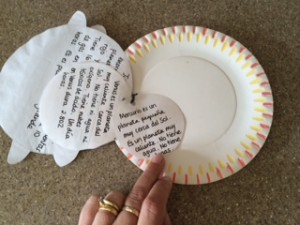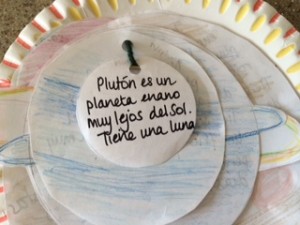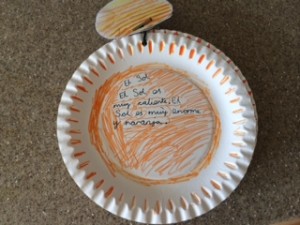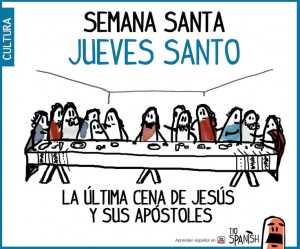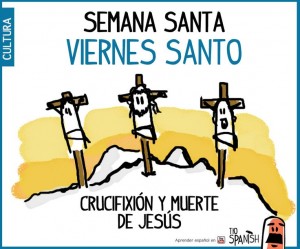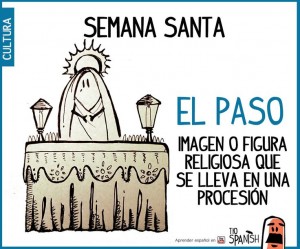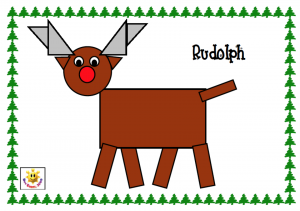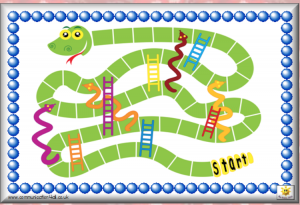It’s very tempting when you can’t go shopping to get the shopping bought to you. I’m being quite restrained but I have been ordering a few things…
One of my recent purchases is pictured below.

I admit that they’re bigger than I’d envisaged (they’re advertised as and are 1.5 inches/3.8cm but my spatial awareness is not good!) and some of them aren’t exactly cubes, but they serve the purpose for which they are intended. Which was?
Well, they’re made of foam which will hopefully mean less noise, and their size and colour means that I’ll see where they are, they won’t get mixed up with the school dice and they won’t get lost under/inside books/pencil pots/pencil cases.
And I have several ideas for their use.
Playing board games
Well, obviously! You can make your own using Tools for Educators (see previous post), a template like the ones below or have a look at this site – I particularly like the daisy one!
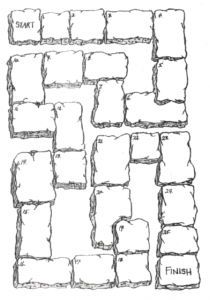
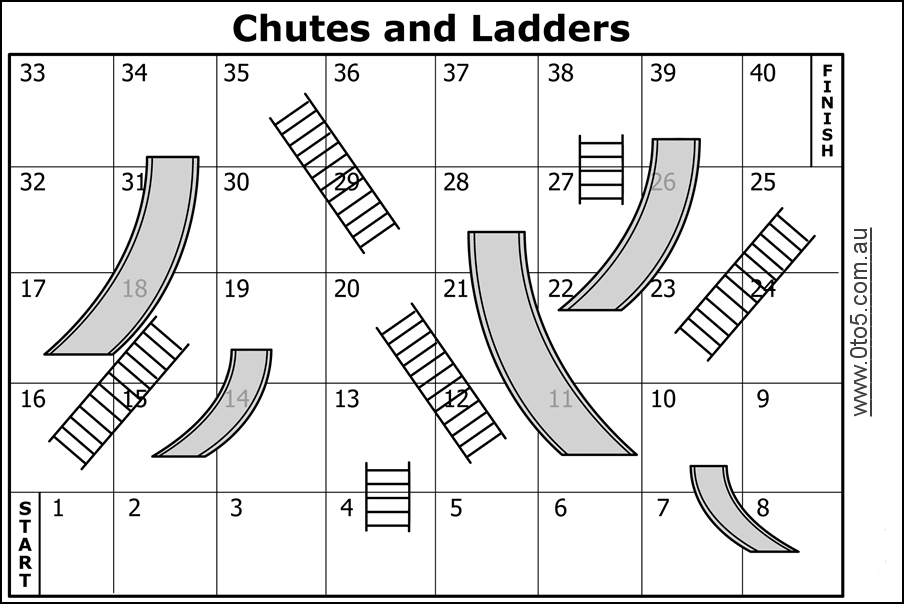

Counting/Maths
So many ways to use dice in this way! Here are a few – I’m sure you’ve got ideas of your own – feel free to add them in the comments!
- throw one die and say the number
- throw one die and double it, or multiply by 3 etc
- throw two dice and add the numbers
- throw two dice and multiply the numbers
- throw a dice several times, adding up the numbers are you throw and trying to score a perfect 21.
Here’s a PDF of Maths activities using dice for Kindergarten right up to year 8. Dice-Ideas
I particularly like Make 100/Cien challenges learners to throw dice and make 100 by using any operation, and also Double half or stay (I shall call it Doblar, dividir por dos o ¡ya! as I am struggling to find a better way of putting it!) which is simlar to 21 but can be played with any number and you can, as the name suggests, double,half or stick with your number.
Counting/Maths games
Activity Village suggests a very simple game called Mountain o Sube la montaña which has the aim of reaching the summit of the mountain first by throwing the numbers in order. So you have to throw 1 to start then 2 and so on. Players say their numbers as they throw the dice so plenty of repetition. Have a look at the site for more detailed rules and variations.
Here are the downloadable mats to play the game 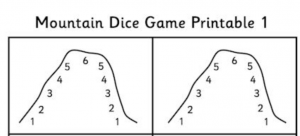
For subtraction, here’s a game I found on eHow.com called Pennies (although could be called cents or Euros instead of peniques 😉 )
This is an ideal game for younger players. Stack 20 pennies in the center of the table. The first player rolls one die and takes the number of pennies shown. Play passes to the next person and continues until the pile is gone. An exact roll is required to take the last of the pennies. The winner is the person with the most pennies.
Language used would be very simple – Tengo 2. Hay 20 euros. Tomo 2. Restan 18.
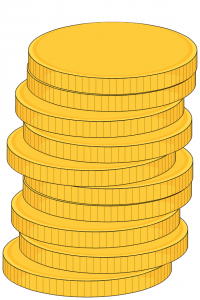
I like this idea from Activity Village too called Beat That! (¡Superárlo! or ¡Superar eso!) that reinforces place order and practices 2 , 3 (or more!) digit numbers.
Roll the dice and put them in order to make the highest number possible. If you roll a 4 and an 6, for example, your best answer would be 64. Using 3 dice, a roll of 3, 5 and 2 should give you 532, and so on. Write down your answer, pass the dice, and challenge the next player to Beat That!
Play in rounds and assign a winner to each round.
You can also play to see who can get the lowest score!
Mathswire has several games that look at probability – I especially like the Cookies game where you throw two dice and add the numbers to decide which cookie can be packed away – or perhaps eaten! 😉
Download the  Great Cookie Contest Cookie Sheet Mat
Great Cookie Contest Cookie Sheet Mat
A variation on this I’ve played is for outdoor fun using chalk as I shared at #ililc3
 You draw a grid in chalk on the ground with lanes of 10 squares for numbers 2-12 (when I saw it played with Kindy in Switzerland they used 1 which wasn’t fair!!) Pupils choose a lane and they are the ‘caballo’ or ‘caracol’ that will race in that lane. They take it in turns to throw two dice and add the numbers together. That decides who can move forward; so if 2 and 3 are thrown, caballo #5 can take a step forwards. The idea is to “llegar a la meta” first. Lots of number language involved, and it’s an activity
You draw a grid in chalk on the ground with lanes of 10 squares for numbers 2-12 (when I saw it played with Kindy in Switzerland they used 1 which wasn’t fair!!) Pupils choose a lane and they are the ‘caballo’ or ‘caracol’ that will race in that lane. They take it in turns to throw two dice and add the numbers together. That decides who can move forward; so if 2 and 3 are thrown, caballo #5 can take a step forwards. The idea is to “llegar a la meta” first. Lots of number language involved, and it’s an activity
that can easily be played as one activity in a carousel. (There’s a board game called Snail Pace Race that is similar but uses colours)
Another probability activity from Maths is fun would be a great way of supporting the Maths curriculum using más probable and menos probable. Clare Seccombe has done a whole presentation on Supporting Maths through language learning – it’s well worth a look for further ideas! (Sadly now that Slideshare has stopped slide casts the audio is no longer embedded 🙁 )

Grammar
Six sided dice are great for conjugating verbs as there are six “persons” 1st 2nd and 3rd singular and plural. Throw the dice to decide the person of the verb
1=yo
2=tú
3=él/ella/usted
4=nosótros
5=vosótros
6=ellos/ellas/ustedes
You could combine this with a board game featuring verbs like the one I made below for M and M, my Spanish English students in Switzerland to practice the past tense. Or
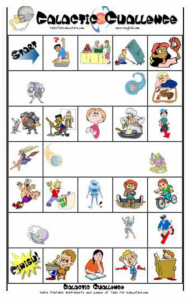
You could also assign parts of speech a number – learners throw the die a number of times and “collect” parts of speech according to their roll and then make a sentence using that combination of words. You could restrict the choice of vocabulary with cards, or allow learners to use dictionaries to make a unique sentence!
1=noun
2=verb
3=adjective
4 = adverb
5=connective
6=free choice

Speaking
Similar to grammar games, you could play a speaking game as suggested here
The teacher brings a large soft dice to the classroom. Students sit in a circle and take turns rolling the dice. Each time, a student throws the dice. The student who rolls the dice uses the number that shows up on the die to say some things about himself or herself. For example, if the number 2 shows up, the student will have to say two things about himself or herself.
Another variation would be for the student to ask the class the number of questions according to what number shows up on the dice. Equally, you can make the class ask the number of questions according to the number on the dice.
You could also use two dice and challenge learners to make a sentence with that many words, a phrase with that many syllables or think of a word with that many letters. 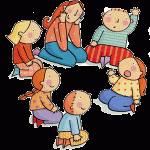

Beetle
Throw the die to win body parts. It doesn’t necessarily have to be a beetle you build; it could be a monster, a clown, a person or something completely different. Activity Village suggests Mouse or Ratón
6 = el cuerpo
5 = la nariz
4 = bigotes
3 = un ojo
2 – una oreja
1 = la cola
Art
Here’s an idea to make a Joan Miró style painting using a die…
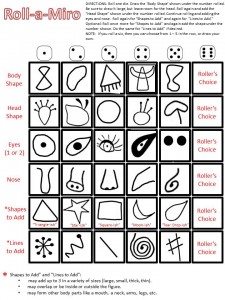
…and why not have a look at one of these ideas to make a Monster, a Picasso painting or a Miró Skyscape.
In fact, you could make anything with components using a dice… or randomise anything in sets of 6 using dice!

Dressing up
Assign a number to items of clothing with the aim of creating an outfit for a teddy bear, cut out person, or even your partner. You could end up with far too many jumpers and no trousers!
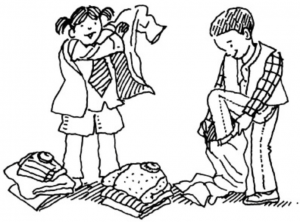 Directions
Directions
You could use dice to decide directions that people should take. You could use the classroom, a map or an assault course!
In it’s simplest form you could just use left and right
a la izquierda – impar (1,3,5)
a la derecha – par (2,4,6)
or you could add todo recto by assigning opposite numbers to each e.g. 1 and 6 = todo recto; 2 and 5 = a la izquierda; 3 and 4 = a la derecha
or even have a different direction for each number, including ‘darse la vuelta’, volver al principio or reaching your destination if you throw a 6.

And there are so many more things that you can do!
Here are some links I’ve found that might be of interest.
Juegos de dados games to play with up to 5 dice
Cómo jugar al juego de dados de los diez mil or Reglas para juego de dados 10000
Juego mueve dados online dice game – not really for using my dice, nor a language activity but I thought I’d share as it made my head ache!
And then, of course, there are dice that don’t have numbers on them but colours, images or words! MES Dice games has some ideas that uses vocabulary dice too, and Crazy faces looks fun too – I might come back to that and write another post on non-number dice! And then there are dice apps…
Plus I love this game!
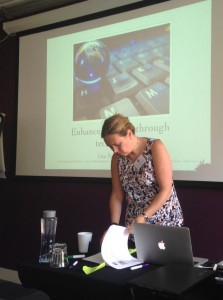 A little bit delayed by end of term madness…
A little bit delayed by end of term madness…